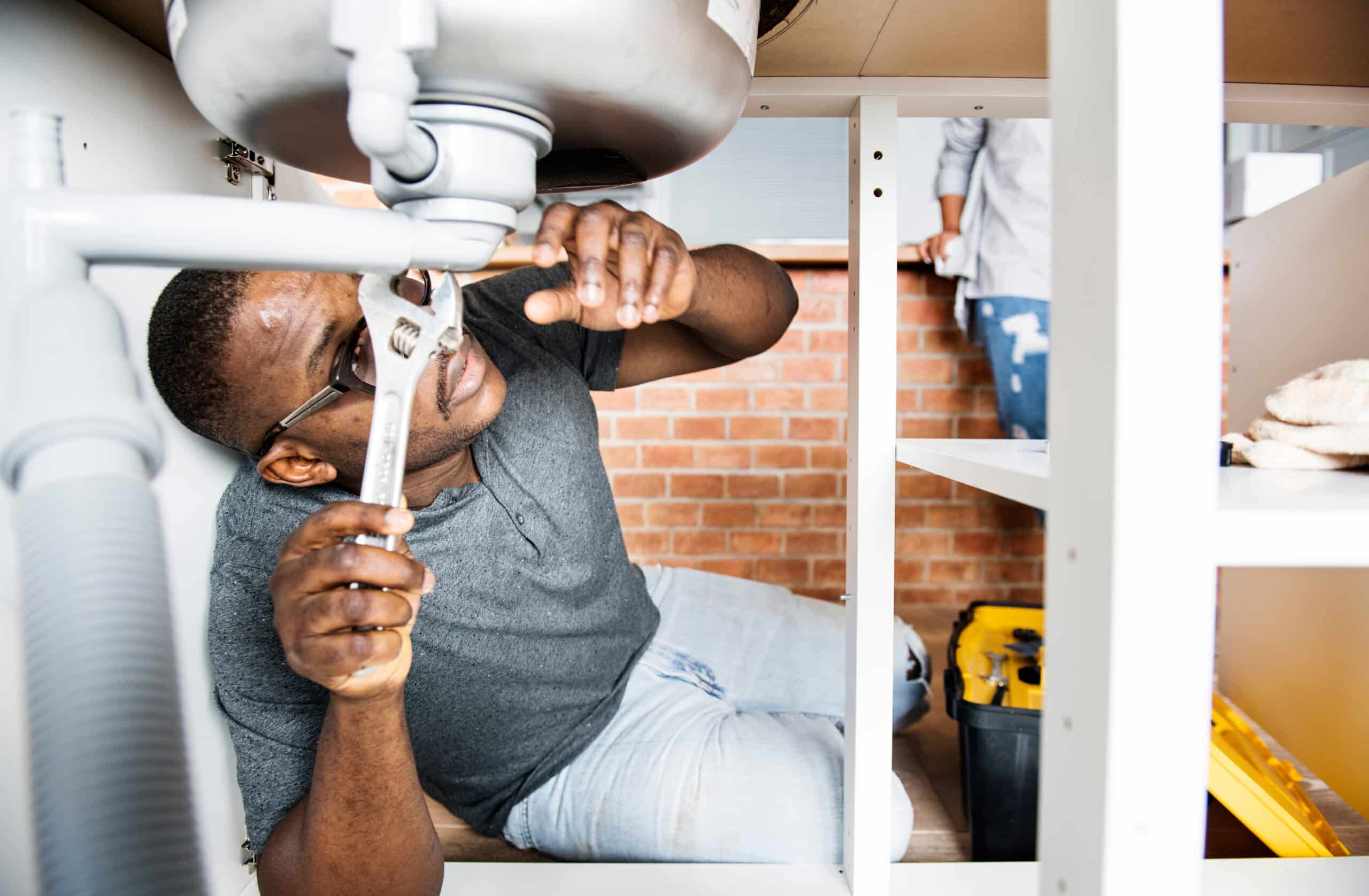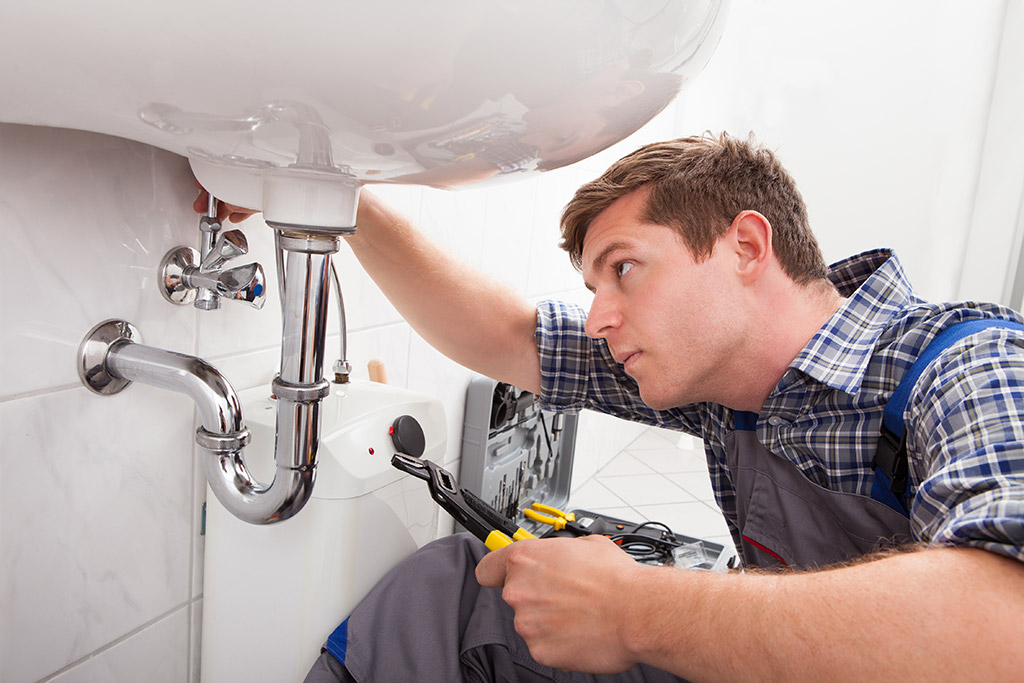A Step-by-Step Overview to Effective Water Heating System Installment for Optimum Performance
Starting the job of installing a hot water heater is a venture that requires accuracy and a methodical approach for achieving ideal efficiency. The procedure starts with the crucial choice of choosing the appropriate heater customized to the specific requirements of your household, considering aspects such as power, size, and kind resource. When picked, preparing the setup area to satisfy security requirements is extremely important. However, the journey does not finish right here. As you continue, the details of attaching water supply lines and setting up trustworthy electrical or gas connections wait for, appealing insights into making certain effectiveness and integrity.
Picking the Right Water Heating Unit

Next, think about the dimension and capacity of the hot water heater. It's crucial to analyze your household's warm water requirements, which can vary based on the variety of owners and their usage patterns. An unit that's as well tiny may lead to inadequate warm water, while an extra-large model might lead to unneeded power usage.
Effectiveness rankings likewise play a crucial function in selection. Try to find hot water heater with high Power Variable (EF) ratings, showing premium efficiency and reduced energy use. Tankless designs, though generally a lot more expensive in advance, deal substantial power cost savings over time due to their on-demand heating abilities.
Preparing the Installment Location
Before installing a new water heating unit, precise prep work of the setup area is vital. It's vital to measure the room thoroughly to suit the water heating unit's dimensions, ensuring sufficient clearance around the unit for effective procedure and servicing.
Following, eliminate any type of debris, dirt, or blockages from the site to develop a tidy setting. Check the floor for stability, as the water heating system will need a solid, degree surface area to run efficiently. If needed, set up a drip frying pan under the device to capture possible leakages or spills, avoiding water damage to the surrounding area. In regions prone to seismic activity, consider installing seismic straps to secure the heating unit securely in area.
In addition, ensure that all needed tools and products get on hand prior to starting the installment. This includes items such as wrenches, screwdrivers, a degree, and any additional hardware needed for placing and safeguarding the heater. A well-prepared installation location establishes the structure for a successful hot water heater setup, optimizing efficiency and safety and security.
Connecting Water Supply Lines
When attaching water supply lines to your newly mounted hot water heater, it is crucial to ensure that all links are leak-free and safe to preserve efficient procedure and stop water damage. Begin by identifying the hot and cold water lines. The cool water inlet is commonly noted with a blue tag or a "C", while the warm water outlet is noted with a red label or an "H".
Usage versatile water heating system adapters to help with a simpler installment process. Prior to connecting the connectors, put a plumbing technician's tape around the threaded ends of the water heater's inlet and outlet pipelines.
As soon as connections remain in place, slowly transform on the major supply of water valve. Check each link for leakages by aesthetically really feeling and inspecting for wetness. Tighten up links as essential, and ensure the pressure relief valve is correctly set up, securing against too much stress build-up.
Establishing Electric or Gas Links
Correctly establishing the electric or gas links for your hot water heater is a critical action to guarantee effective and click now risk-free procedure. For electrical hot water heater, start by verifying that the electric circuit works with the heating unit's voltage and amperage demands. Guarantee the power supply is transformed off at the breaker to avoid crashes. Attach the electrical cables to the heating unit complying with the supplier's wiring representation. Usually, this entails connecting the ground cable to the environment-friendly terminal, and the remaining cables to their equivalent terminals, securing each with cord nuts.
For gas hot water heater, safety and security is critical. Validate that the gas supply is off prior to continuing. Attach the gas line to the water heater making use of an adaptable gas connector, guaranteeing it is effectively threaded and secured with pipeline joint substance or Teflon tape appropriate for gas links. Tighten up the connections with a wrench, making sure not to over-tighten (Water Heater installation Alabaster AL).
When links are made, inspect for any type of possible leakages. For gas lines, apply a soapy water remedy to the joints; bubbles suggest a leakage. For electric connections, ascertain that all electrical wiring is safe and correctly shielded, preserving compliance with local electrical codes.
Changing and checking for Effectiveness
With the electric and gas links firmly in place, the following step is assessing the operational performance of your water heating unit. Begin by thoroughly transforming on the water supply and ensuring there are no leaks at any of the joints or shutoffs.
Following, execute a complete assessment to make certain the burner or burner are functioning appropriately. For electric heating units, make use of a multimeter to validate if the aspects are drawing the appropriate present. In gas versions, observe the burner fire; it must be blue and steady, indicating effective combustion.
Readjust the settings as necessary to eliminate inefficiencies. Consider executing insulation procedures, such as including a water heater blanket, to even more boost performance by reducing heat loss. Furthermore, examine the anode pole's problem, as a shabby pole can decrease effectiveness and result in storage tank deterioration.
Verdict
Efficient water heating system setup is essential for guaranteeing optimum performance and energy savings. Safely attaching water supply lines and very carefully setting up electric or gas links reduce prospective problems.

Effectively setting up the electric or gas connections for your water heating system is an essential step to make certain effective and risk-free procedure. For electrical water heating units, begin by confirming that the electric circuit is compatible with the heating unit's voltage and amperage needs. Attach the gas line to the water heating system using a flexible gas connector, guaranteeing it is correctly threaded and sealed with pipeline joint compound or Teflon tape suitable for gas links.